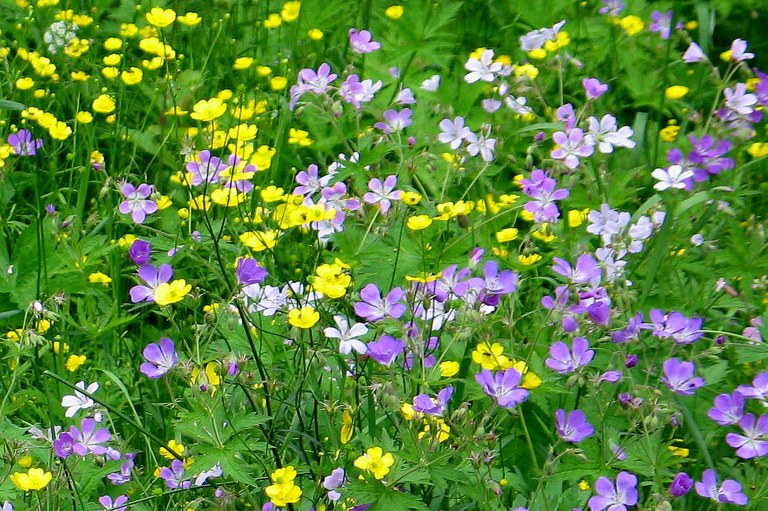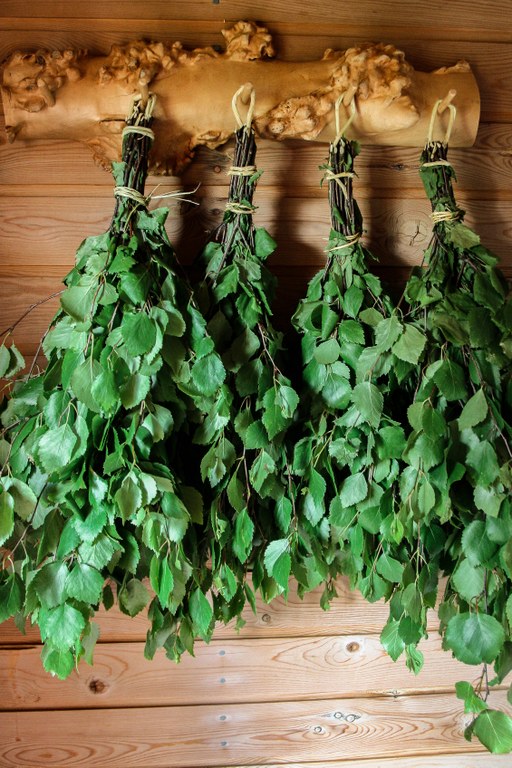Midsummer (juhannus)
Midsummer (“juhannus”) is celebrated at the end of June, near the summer solstice. It’s known as a celebration of light and the middle of summer. In Finland this day is also a celebration of the midnight sun, because in the northern hemisphere the sun does not set at all during this time. Midsummer is celebrated in other countries as well, such as in Sweden and the Baltics!
Midsummer has a variety of different traditions. Nowadays, midsummer is mostly about spending time with family and friends, eating good food, going to the sauna and overall enjoying the summer.

Historically, midsummer was thought to be a time for the supernatural, with ghosts and spirits wandering the earth. Because of this, midsummer used to have a lot of mystic traditions.
Midsummer spells
During midsummer, it was popular to cast “midsummer spells” (“juhannustaika”). These midsummer spells were often passed down from the older members of the family to the younger members, and each family might have had their own versions of different spells. Spells were used for a variety of purposes – some were supposed to guarantee a good crop, and others for good luck in finding a spouse.
Here’s some examples of midsummer spells:
1. Flowers under the pillow (Kukat tyynyn alla)
This is one of the most common midsummer spells, and it’s known throughout the country in some form or another. In this spell, you collect a certain number of different flowers (usually 7 or 9) and leave them under your pillow overnight. It is believed that in your dream, you will see your future spouse.

2. How many cuckoos can you hear? (Kuinka monta kukkuuta kuulet?)
During the midsummer night, you should listen to the cuckoos of the cuckoo (bird). The number of cuckoos means the number of years that you have to wait to find a spouse. If you hear no cuckoos at all, it is said that you will find a spouse that same year!
3. Will-of-the-wisp (virvatuli)
If you walk in the forest during the midsummer night, you might see a will-of-the-wisp (“virvatuli”). These are little lights, almost like little fires, that are believed to appear in abandoned places or forests. If you see one during the midsummer night, there is said to be a treasure underneath it!
Midsummer bonfire
Throughout Finland, it is common to burn a midsummer bonfire (“juhannuskokko”). The original purpose of the bonfire was to ward off evil spirits. In addition, it was believed that burning a bonfire would promise a good crop that year. However, having these beliefs is not very common nowadays. Today, a midsummer bonfire is a way for a community to gather, socialise and celebrate midsummer together. It also looks quite magical!
Midsummer sauna
The Finnish sauna tradition is deeply ingrained into Finnish culture, and sauna is considered to be a place for relaxation, cleansing and socialising. Traditionally in midsummer, going to the sauna was often done during the day instead of the evening. Then you would be clean in the evening and in that way ready to welcome the midnight sun.
Through sauna, people can also feel better connected to nature. This belief is often heightened during the summer, when it’s common to make whisks (“vasta” or “vihta”, depending where you’re from) out of birch branches. People often make these whisks for the midsummer sauna specifically. This is because in June, birch leaves are tougher and don’t detach from the branches – perfect for a sauna whisk!
These whisks are used in the sauna by whipping them against your skin, and they have tons of health benefits. For example, it helps to remove dead skin cells, and it’s also good for pain relief. Birch also has essential oil in it, which helps with inflammation and itching from mosquito bites!
Do you want to get first-hand experience about Finnish summer, traditions and culture? Sign up for our summer intensive course in Finnish language and culture!
